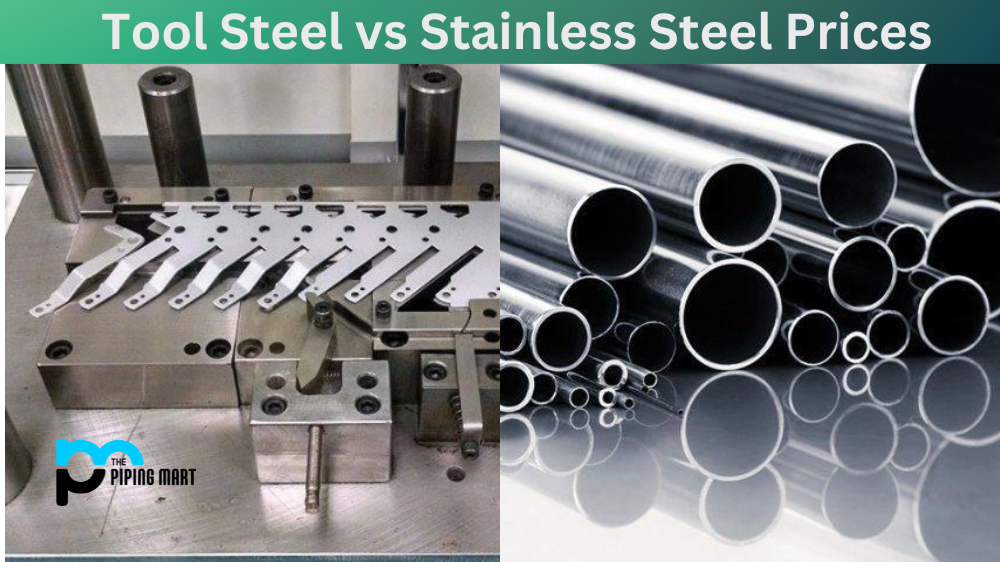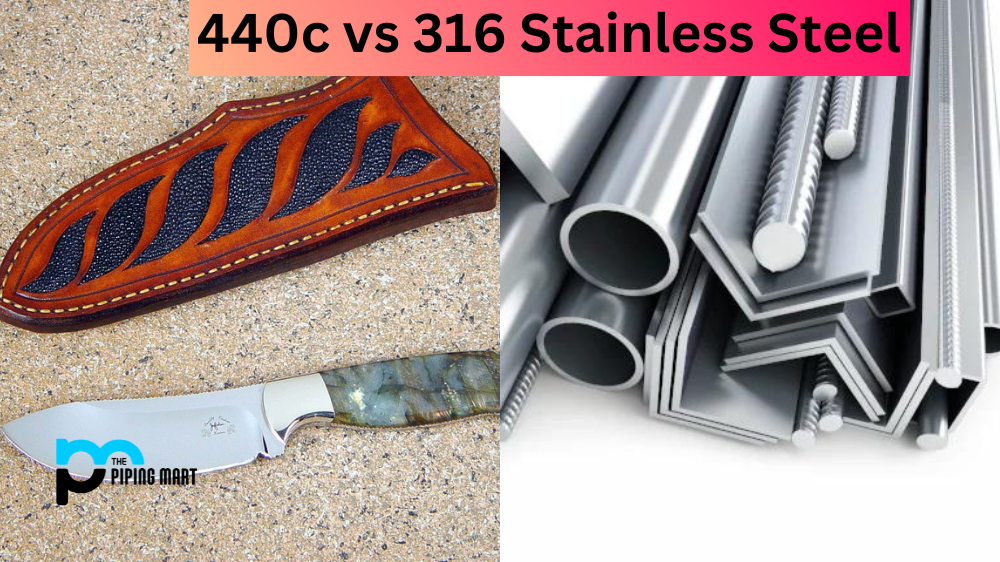Although often used synonymously, tubing and hose vary in one important way: hoses are usually reinforced. Embedded braids or cables, stiffer materials, dual walls or stronger walls are common reinforcements. Usually, trousers are used for high pressure applications, while unreinforced tubing is typically used for applications of gravity flow or lower pressure. There are also several applications which would match either. The crucial thing is to verify the manufacturer’s instructions on your chosen hose or tubing. The simplest way to break down the variations between the hoses and the tubes is to look at them by the major categories in which they vary.
Difference Between Hose and Tube
Hose vs Tube Dimensions
When it comes to industrial applications, choosing the right hose or tube dimensions can make all the difference in achieving optimal performance and efficiency. While hoses are typically more flexible and easier to manipulate for routing, tubes offer a greater range of compatibility with different materials and fluids. It’s important to consider factors like pressure, temperature, and the nature of the substances being transported when selecting the appropriate dimensions.
Hose vs Tube Uses
The tubing is mainly used for structural applications. Tubing doesn’t have to be cylindrical and comes as a cube, as well as rectangles and many other design shapes. The content will now meet guidelines set by many different standard organizations, including the International Organization for Standardization (ISO) and ASTM International (ASTM) globally, depending on the application.
Hoses are the jack of all trades in this dispute. Hoses are the stopgap for a variety of specific scenarios and have numerous uses and requirements. Hoses are usually lightweight, and they’re often made of nylon, rubbers, and other non-metal materials. Hoses are usually designed for different applications and an in-depth conversation about the plethora of those applications is a fun topic for another day due to the diversity of those applications. Suffice it to note that hoses are not used for piping purposes, but because of the number of uses, may see a overlap with pipe purposes.
Hose vs Tube Sizes
Three key measurements must be provided when it comes to tube sizing to determine the tube size.
-The outside diameter (OD)
-The inside diameter (ID)
-The wall thickness (WT)
Such measurements group tubing into different specifications and there are regular models much like piping you can find. Interestingly enough, tube size maps exploit to me two new acronyms BWG and SWG. BWG is Birmingham Wire Gauge, and SWG is Normal Wire Gauge (the less common of both), which are basically tube thickness measurements that can be translated to mm or inches.
Hoses tend to exist in their universe but, thankfully, by using words we’ve used before, make it a little easier. Like tubing that calculate size using the OD, hoses use the ID to calculate scale. The use of the internal diameter stems from an emphasis on the flow rates of the hose, since the detection of the ID, OD and length of the hose determines the flow rate through the hose. Anything called a dash network control by hoses. This dash scale is a guide to the diameter of the hose in increments 1/16 “so there is variation in any business.
Hose vs Tube Production Process
Tubes have a much more rigorous cycle when it comes to production leading to stricter tolerances on the cylinder width, wall length, straightness and roundness. Such stricter specifications for tolerances lead to a higher degree of tubing monitoring and inspection relative to the piping products. Furthermore, to sum it up, hoses are a very different substance relative to tube and tubing, and therefore the operation looks very different when you make a rubber or PTFE component similar to carbon steel or stainless steel.

Pipingmart is B2B portal specializes in industrial, metal and piping products. Also, share latest information and news related to products, materials and different types grades to help business dealing in this industry.




